Boris Scholven first visited pet stores in Quito, the capital of Ecuador, which has a fairly diverse pet supplies retail structure. The main impression was of small pet shops with partial ranges of dog and cat products; some sell pets, others don't. Normally these shops are smaller family-run businesses, although concept retailing is also to be found here, for example in the form of regional store chains such as the Mascotas group. This has a number of outlets in Quito, operating larger standalone stores as well as smaller units in shopping malls. The oldest and biggest franchise group, however, is City Pet, which has stores in all of Ecuador's big cities. These stores are classic full-range suppliers.
In Quito, Scholven distinguished between two types of Mascotas store with regard to aquatics. The standalone stores had around six sales tanks for ornamental fish combined with an attractive display area for small aquariums on shelves and large tanks of up to 200 litres. The equipment on sale was mainly of Chinese origin, although Hagen products accounted for a modest share of the range. The smaller outlets, the Mascotas stores in shopping malls, usually had only one ornamental fish sales tank and several smaller aquariums to choose from, complemented by a shelf unit containing aquarium accessories.
Fish for display and edible fish
Puyo is capital of the Pastaza province, which is one of the three regions of Oriente. It lies on the Pastaza River, one of the upper reaches of the Amazon River. Here Scholven came across a rare phenomenon, a shop selling both edible fish (Tilapia, Arapaima) and ornamental fish (!). The range of ornamental fish was far bigger and housed in five sales tanks, while the edible fish were kept in two pools.The ornamental fish range centred on barbs and Asian livebearing fish, along with an aquarium containing native tetra, catfish and cichlids. Compared with the capital Quito, the range of accessories available in the province was very limited. Here, too, the equipment sold was Chinese-made and the food was from the Hagen range.Scholven's question as to why so few native Amazon fish were offered for sale prompted a lively discussion with the son and daughter of the shop owner, which culminated in Scholven being given an invitation to visit their father's aquaculture business.
Just two hours later, he was sitting in an SUV with his new friends, driving through the jungle to said business. Its special feature was the water quality…

 Menü
Menü

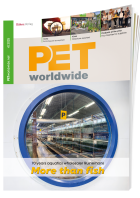



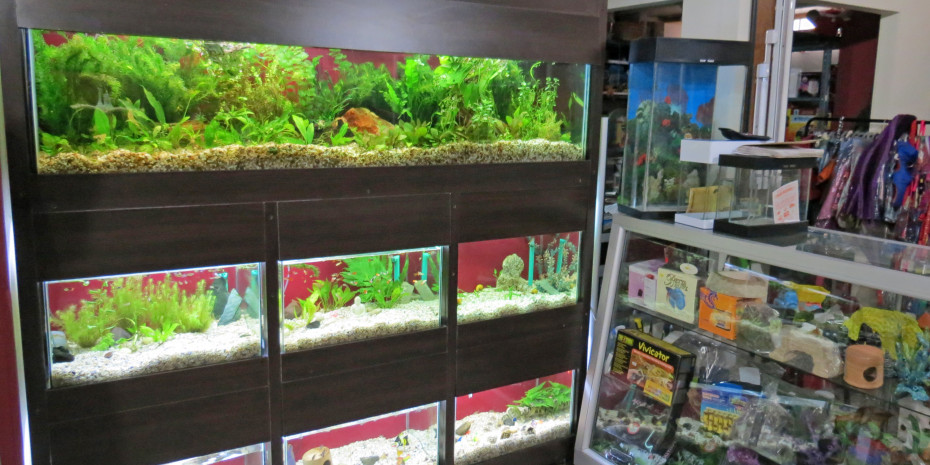


 4/2016
4/2016
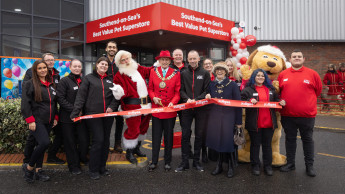
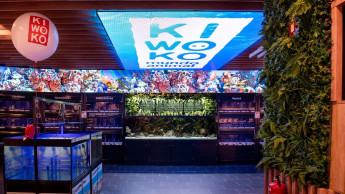

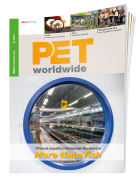


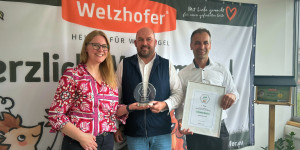
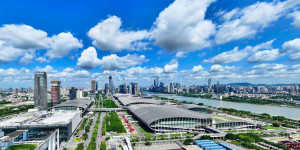

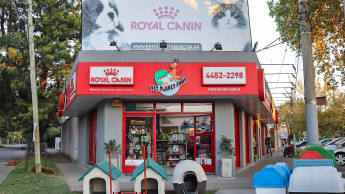
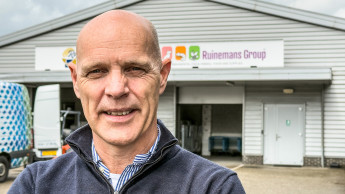
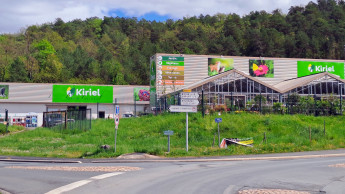
 Newsletter
Newsletter